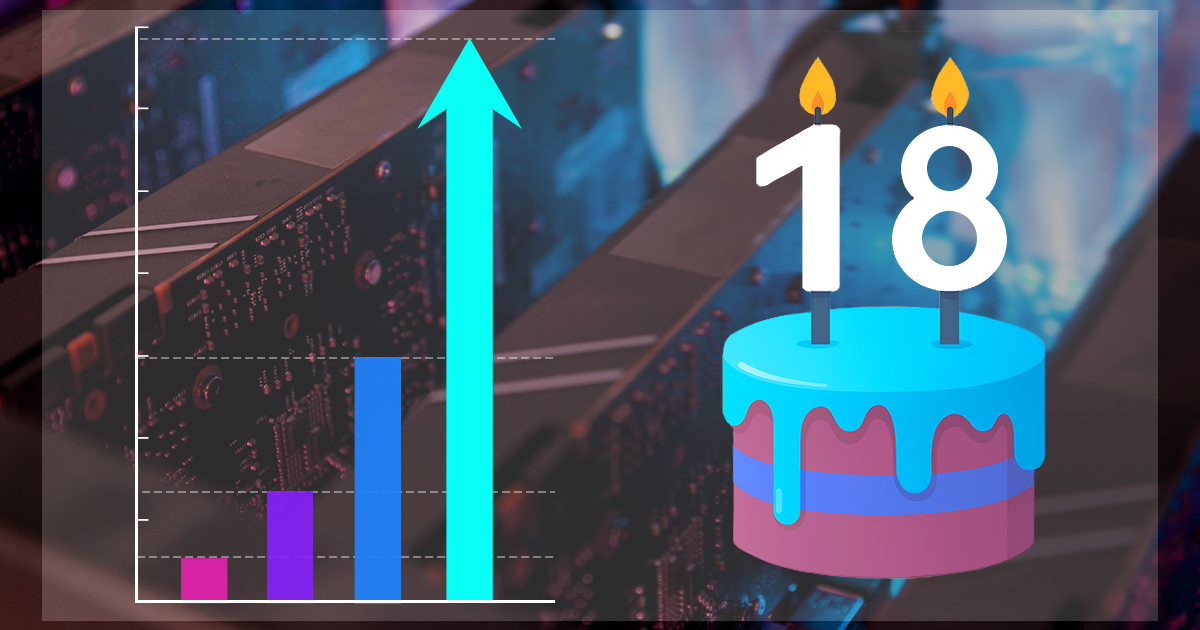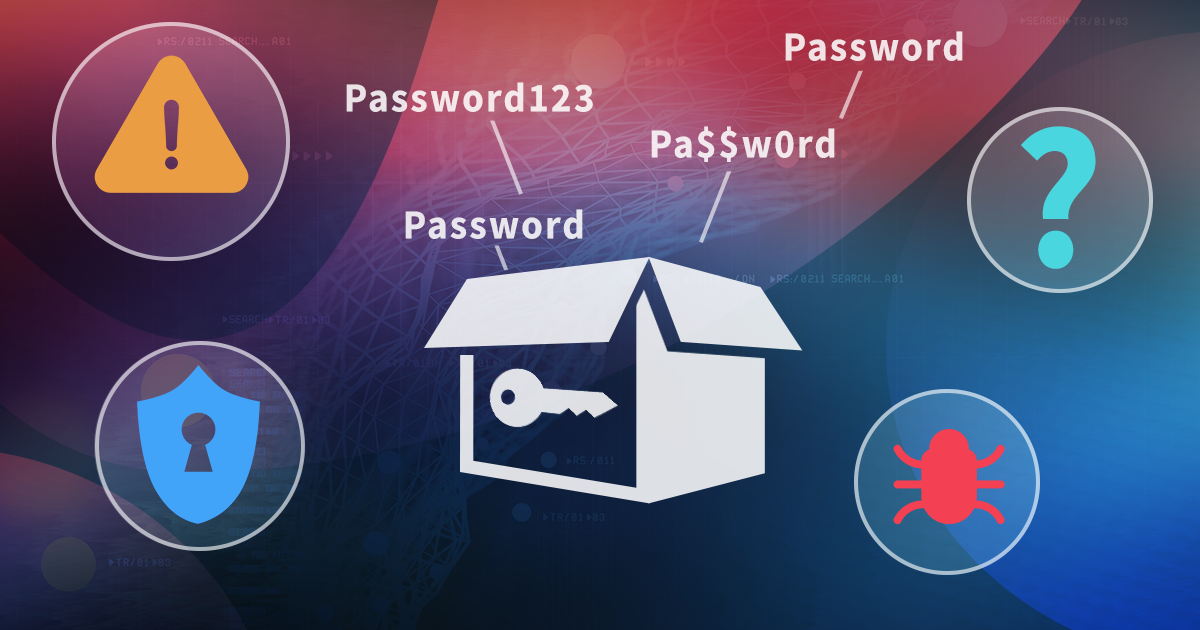We have updated Elcomsoft Cloud Explorer, our Google Account extraction tool, with Google Dashboard support. The Google Dashboard service is little known among computer forensic specialists since Dashboard data cannot be downloaded from Google or obtained by serving a legal request. Yet, Dashboard aggregates massive amounts of data collected and stored in the user’s Google Account, offering an essential overview of the user’s activities. In this article, we’ll demonstrate how to obtain Dashboard data directly from the user’s Google account.
Accessing a locked system is always a challenge. While you might be tempted to pull the plug and image the disk, you could miss a lot of valuable evidence if you do. Full-disk encryption, EFS-encrypted files and folders and everything protected with DPAPI (including the passwords stored in most modern Web browsers) are just a few obstacles to mention. Recovering the original Windows logon is a must to access the full set of data, while resetting the logon password may help unlock working accounts in emergencies.
With nearly half a billion users, Telegram is an incredibly popular cross-platform instant messaging app. While Telegram is not considered the most secure instant messaging app (this title belongs to Signal), its conversation histories do not appear in either iTunes or iCloud backups. Moreover, Telegram secure chats are not stored on Telegram servers. As a result, Telegram secret chats can be only extracted from the device of origin. Learn how to extract and analyse Telegram secret chats from the iPhone file system image.
Geolocation data can provide a wealth of evidence to various government agencies. Law enforcement agencies use location data to help place suspects near a crime scene in a given time frame. However, the use of location is not limited to criminal or civil investigations. Emergency response services use geolocation to locate persons, taxi and delivery services use location to improve service. There are many more examples where location evidence is vital. Recently, governments have started using (or are considering using) geolocation data to help identify and isolate infected citizens. Where does the location evidence come from and how one can extract it?
Last week, Microsoft Edge has become the second most popular desktop Web browser based on NetMarketShare usage figures. The new, Chromium-powered Edge offers impressive levels of customization and performance, much better compatibility with Web sites. The new browser is available on multiple platforms including older versions of Windows. With Chromium-based Edge quickly gaining momentum, we felt the urge of researching its protected storage.
Password managers such as LastPass are designed from the ground up to withstand brute-force attacks on the password database. Using encryption and thousands of hash iterations, the protection is made to slow down access to the encrypted vault that contains all of the user’s stored passwords. In this article, we’ll demonstrate how to unlock LastPass password vault instantly without running a length attack.
Modern encryption tools employ strong encryption with multiple hash iterations, making passwords extremely difficult to break. The November article “What is password recovery and how it is different from password cracking” explains the differences between instantly accessing protected information and attempting to break the original plain-text password. In that article, I briefly mentioned GPU acceleration and distributed attacks as methods to speed up the recovery. In this article, I’ll discuss the two acceleration techniques in more detail.
Password managers or password reuse? This is the question faced by most consumers. Reusing a password or its minor variations for different accounts has never been a good idea, yet in today’s world of online everything the rate of password reuse reaches astonishing values. Using a password manager helps reduce password reuse, supposedly offering increased security. In this article, we’ll perform forensic analysis of some of the most common password managers.
Tally ERP 9 is a “new-age business management software for new-age businesses” that is “tailor-made to delight”. With more than two million users, Tally is one of the most popular tools of its kind in India. The product includes the company’s implementation of secure storage named Tally Vault. How secure is Tally Vault, and what does one need to break in? In this article, we’ve provided some insights on how ElcomSoft researchers work when adding support for a new file format.
VeraCrypt is a de-facto successor to TrueCrypt, one of the most popular cryptographic tools for full-disk encryption of internal and external storage devices. Compared to TrueCrypt, which it effectively replaced, VeraCrypt employs a newer and more secure format for encrypted containers, and significantly expands the number of supported encryption algorithms and hash functions. Learn how to break VeraCrypt containers with distributed password attacks.


